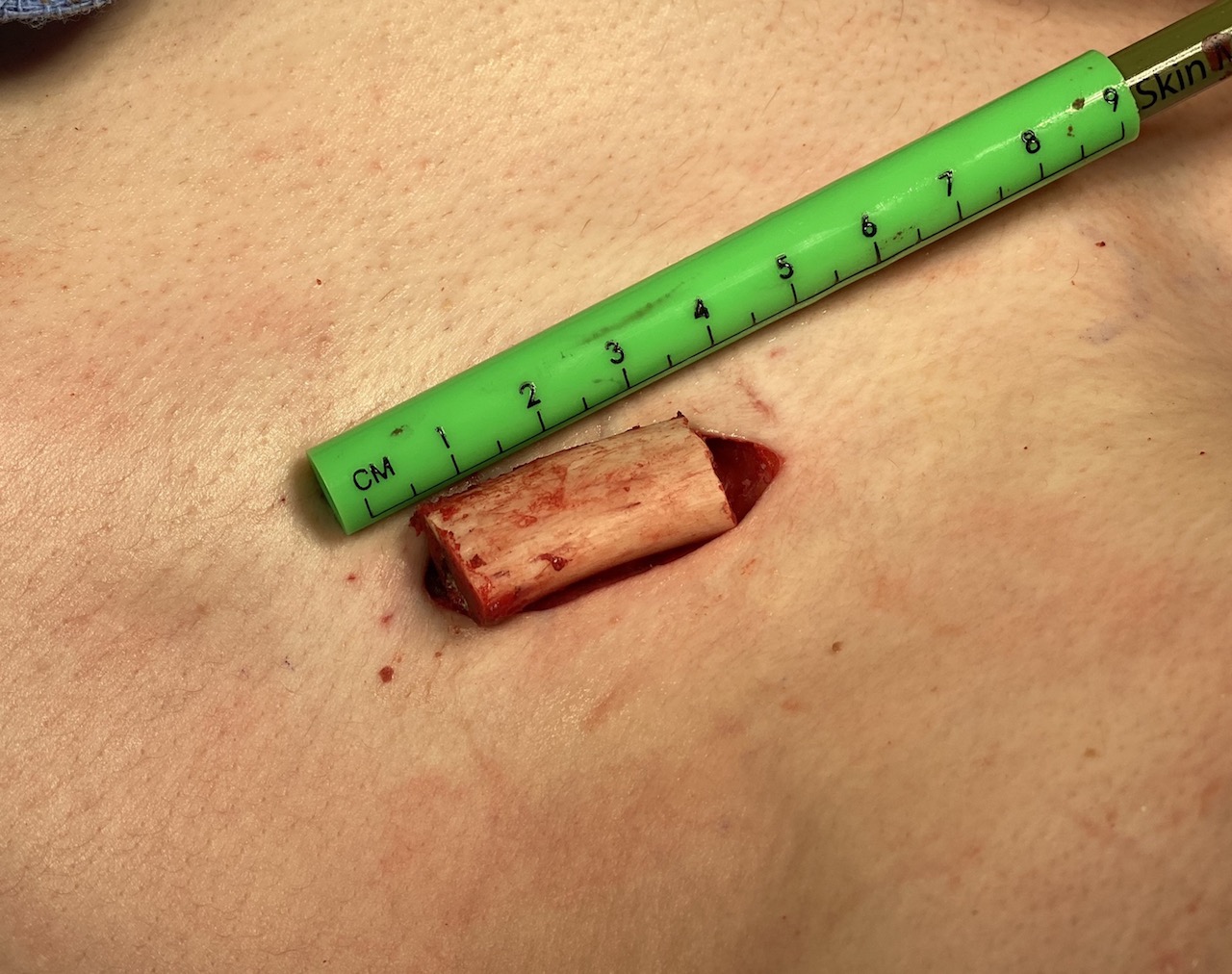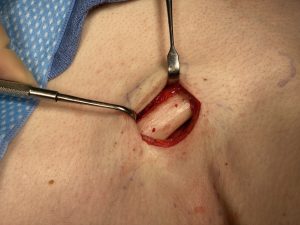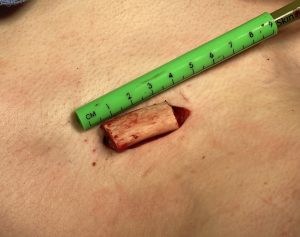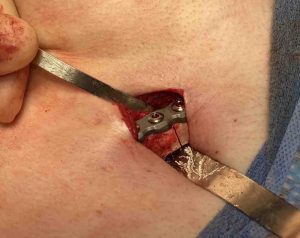Shoulder narrowing by clavicle reduction osteotomies is an effective and only technique for a reductive change in the shape of the upper torso. It is often described as having a linear effect, meaning what is taken out in the inner half of the clavicle translates to an exact change in the bideltoid distance. It is not, however, quite that simple or direct as the clavicle has a somewhat lazy s-shape to it rather than being completely straight. As a result it is likely not a 1:1correlation but closer to 0.8 to 0.9.
A common question is how much of the clavicle can be removed without having any adverse effect on shoulder function? The intent of that question is what is the maximum length that can be removed given the effort the patient is putting into having it done. This is a very understandable question and the goal is always to take out as much bone length as is safe to do so. The reality is that is not currently known as no studies with aesthetic clavicle reduction have ever yet been performed.
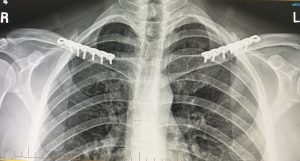
The question then becomes what is the maximal amount of clavicle shortening that can be performed? Could one do 3.5, 4 or even 4.5cms of bone removal? The orthopedic surgery literature in the non-surgical treatment of clavicle fractures has shown that up to 30% of the clavicle bone length can be lost before scaphohumeral function becomes compromised. (it is important to point out this affects one arm while clavicle reduction osteotomies affects both arms) But this information aside what I do notice in the 3cm patients is that the inward rotation of the shoulder becomes a bit more noticeable so I would be cautious about going beyond a 3cm reduction based on what is currently known.
Dr. Barry Eppley
Indianapolis, Indiana

